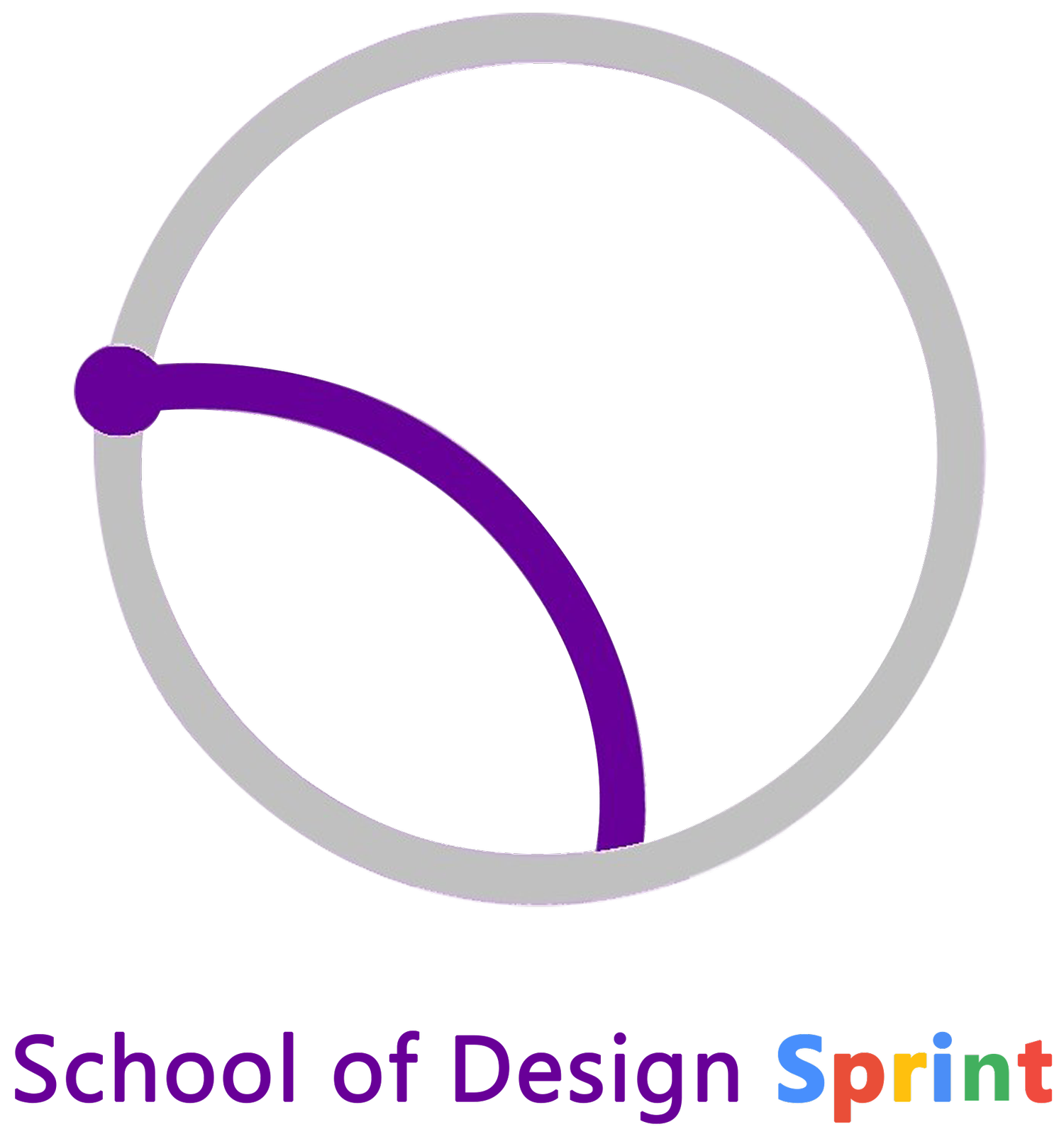Why you should learn both Design Thinking 💡 and Six Sigma? 🔍
🧠 Design Thinking, famously known as an Innovation Methodology was popularized by Ideo, offering a human-centric approach to innovation. Its essence lies in creating solutions that resonate deeply with target users.
📝 Yet, like many methodologies, it hasn't escaped criticism. The critiques often revolve around its reliance on anecdotal evidence, as opposed to hard data.
🎓 With my background as a Lean Six Sigma Black Belt and Data Scientist, I recognize this inherent limitation of Design Thinking; but to dismiss it based on this factor alone is to overlook its practical advantages. If I have to put it in a spectrum, the image below is how I will depict it.
⏱️ While both methodologies prioritize customer-centricity, they diverge in their disciplines. This distinction significantly influences their speed of execution. Lean Six Sigma and Data Science are data-intensive by nature. It often requires extensive data gathering, wrangling, and transformation and if data isn't readily available (which is often the situation), this process will be heavily time-consuming.
💬 Design Thinking, in contrast, thrives on stakeholder feedback and is more agile in its approach. It swiftly moves from problem identification to solution, sans the rigid data prerequisites.
🔄 This is the reason why our Lean Six Sigma Program at Six Sigma PH integrates Design Thinking's brainstorming tools to enhance its practicality. Likewise, our Strategic Thinking and Design Sprint Certification modules incorporated the metric-based approach of Six Sigma to offer a more comprehensive problem-solving toolkit.
📢 Curious about this fusion? Join our FREE Introduction to Design Sprint course. Elevate your leadership by fusing data and intuition in your problem-solving toolkit: www.schoolofdesignsprint.com/free
Written by The Sprint King, Arthur Flores Jr.


